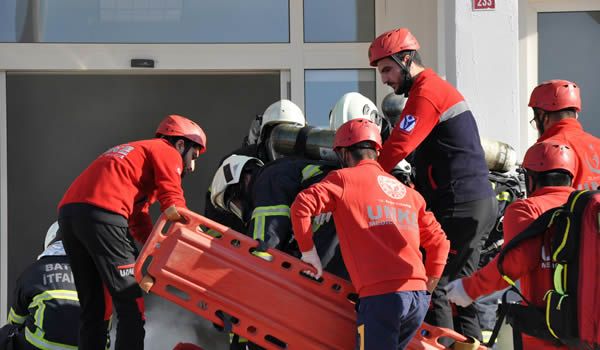The Caribbean, with its stunning landscapes and vast ocean expanses, is no stranger to natural disasters such as hurricanes, earthquakes, and floods. These events often necessitate swift and efficient search and rescue (SAR) operations. Unmanned aerial vehicles (UAVs), have emerged as invaluable tools in these efforts, revolutionizing the way SAR missions are conducted.
One of the primary advantages of using UAVs in SAR operations is their ability to cover large areas quickly. Traditional ground-based search methods can be time-consuming and limited by difficult terrain. UAVs however, can fly over obstacles, providing a comprehensive view of the affected area in a fraction of the time. This speed is crucial in SAR missions, where every second counts1.
Modern UAVs are equipped with advanced technology such as high-resolution cameras, thermal imaging, and LiDAR sensors. These features enable drones to detect heat signatures from survivors, even in dense foliage or rubble. For instance, during the devastating hurricanes of 2017, UAVs were used to locate survivors stranded in flooded areas and assess damage to infrastructure.
UAVs can access hazardous or hard-to-reach areas without putting human rescuers at risk. In the aftermath of a disaster, unstable structures and dangerous conditions can impede rescue efforts. UAVs can safely navigate these environments, providing real-time data and imagery to SAR teams. This capability not only enhances the safety of rescuers but also increases the chances of locating and assisting survivors.
Deploying drones in SAR operations can be more cost-effective than traditional methods. They require fewer personnel and resources, reducing overall operational costs. Additionally, UAVs can be deployed quickly, minimizing the time and expense associated with mobilizing larger search teams3.
The versatility of drones has been demonstrated in various SAR missions across the Caribbean. From delivering essential supplies to isolated communities to providing aerial assessments of disaster-stricken areas, UAVs have proven to be indispensable. Their ability to operate in diverse conditions makes them a vital asset in the region’s disaster response toolkit1.
In conclusion, as technology continues to advance, the role of UAVs in SAR efforts is expected to grow, offering new possibilities for saving lives and mitigating the impact of natural disasters.


